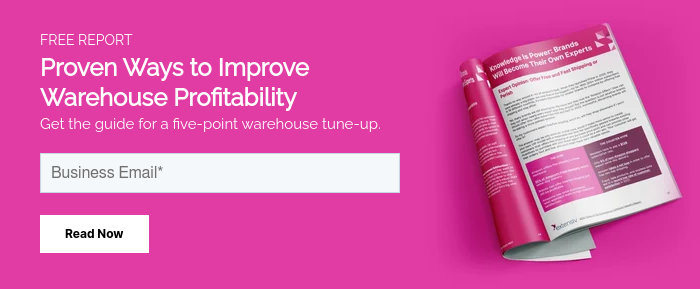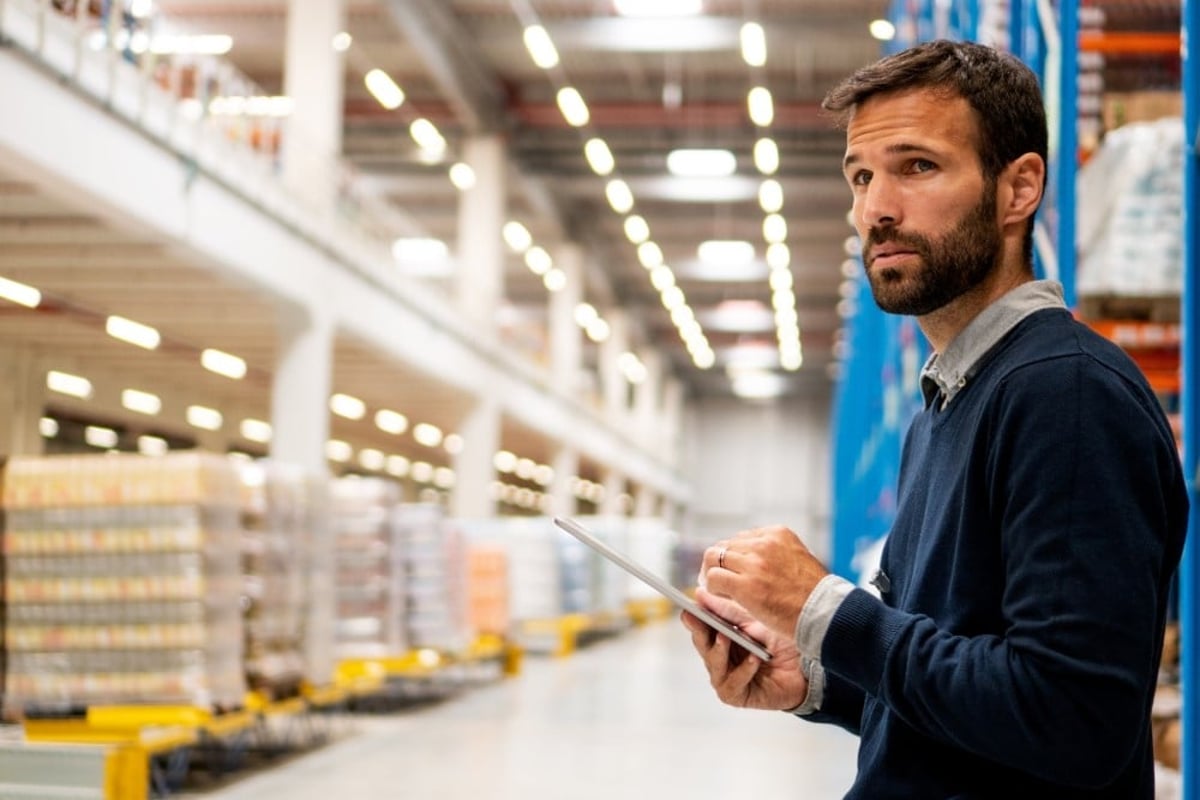The COVID-19 Pandemic of 2020 was a Black Swan event that disrupted a multitude of businesses and industries. Simultaneously, it accelerated pre-existing trends like the growth of ecommerce at the expense of brick-and-mortar retailers. As businesses charge forward into 2021, a new administration in Washington and its upcoming policy agenda can impact domestic supply chains and distribution networks. By leveraging technology to increase operational efficiency, third-party logistics (3PL) warehouses can stay ahead of market headwinds while increasing their competitive advantage.
The Cost of Doing Business
The past few years have given rise to a dynamic global trade environment that has resulted in increased tariffs between trading partners, a pandemic that has ground industries and their respective workforces to a halt, and a new US presidential administration that seeks to push a set of policy objectives while it can. Some of these initiatives include raising the minimum wage, improving infrastructure, and further regulating the domestic trucking industry that would leave shippers and receivers responsible for unplanned accessorial charges like detention.
A blanket minimum wage of $15 per hour can increase labor costs amongst 3PLs that are already operating in a competitive environment with businesses like Amazon and Walmart. As margins in the warehousing and distribution industry continue to contract, an increase in an already challenging labor market can impact profitability forcing 3PL owners to seek out creative means for mitigating costs in their operations.
Meanwhile, increased demand for ocean freight in response to a crippled air freight industry, a shortage of truck drivers, federal regulations limiting the time drivers can operate their rig in a 24-hour period, and a mandate to implement electronic listening devices has driven the cost of OTR (Over-the-Road) freight up while a growing ecommerce sector further strains existing capacity in the market.
The cost of OTR freight may continue to rise as recently confirmed Secretary of Transportation, Pete Buttigieg, floated the idea a federal tax increase on fuel at $0.05 per gallon to fund national infrastructure improvements, which would likely be felt directly in the monthly floating fuel surcharges (FSC) charged by OTR freight providers.
Last summer’s Moving Forward Act might come back to life, potentially increasing regulation around driver detention while delivering goods. A 2018 report suggests that detention charges cost the industry over $1 billion dollars a year; a charge that can be passed on to consumers and 3PLs making it even more important that warehouse operators effectively manage their docks lest they find themselves subject to additional charges.
Though many of the legislative and policy changes are still in their initial or exploratory stages, the general direction of the logistics industry is poised for reduced capacity, rising trucking rates, and increased assessorial charges that will likely impact the cost of distribution and 3PL operations.
As the warehousing and distribution industry continues to grow in response to expanding ecommerce and omnichannel fulfillment company, competition will likely increase as entrepreneurs seek to profit from this trend. This means additional investment and venture capital that can enable industry newcomers the ability to drive rates lower, which can add additional pressure to incumbent 3PL warehouses.
Outcompete with Better Performance
As 3PL warehouses cost charge forward into the new year with an uncertain regulatory future, business leaders still have an opportunity to mitigate much of the impact that would come from potential policies poised to increase the cost of labor and freight services by leveraging technology to offset manual processes.
Paper-based warehousing operations can be expensive. The constant printing of documents costs time, money, and requires space to store files. Though equipment like a mobile scanner might require an upfront investment, it will save money in the future by speeding up the receipt of in and outbound shipments, picking and packaging of products, and pushing team members towards best practice workflows that reduce costly errors while offering real-time accountability of inventory storage.
A busy dock can be great for business while also being a bane to profit margins. Ill-managed in and outbound processes can cause congestion around a warehouse’s dock that result in unplanned dentation charges. Whether it is the buyer, the trucker, or the 3PL, someone must pay these costs.
Much of the congestion experienced at warehouse docks can be mitigated with an effective dock scheduling system that tracks carrier performance. By properly allocating pickup and delivery times and tracking outcomes, warehouses can better manage the flow of goods while proving liability for any incurred detention was outside of their control, thusly absolving them of the costs.
Cost tracking is one of the single most important and often neglected tasks required of 3PL staff. Non-technologically leveraged operations frequently find team members manually recording charges for services rendered while often missing fees incurred for one-off services.
By managing a warehouse’s day-to-day operation in a specially designed 3PL operating system, charges can be automatically captured and allocated to periodic invoices with little to no human input while also reducing the workload for the accounting team each billing cycle. This can quite possibly reduce the amount of time spent invoicing every month by up to 20 hours depending on the size of the warehouse and its operation.
Lastly, platform interoperability is key to running an efficient 3PL business. A warehouse management system (WMS) that can integrate with online shopping carts, accounting software, and various transportation management systems (TMS) through an open API will give 3PLs the operational capability to capture the nuances of their specific business while remaining flexible to enough keep their competitive advantage.
2021: The Year of Opportunity
2021 is shaping up to be another year of known and unknown challenges as businesses continue to manage challenges stemming from the COVID-19 pandemic while navigating an ambitious policy agenda in Washington. These challenges can offer warehouses an opportunity to leverage technology in a way that increases operational efficiency and expands profit margins to remain competitive in a fluid market.
For more information on trends impacting 3PL warehouses in 2021, download the State of the Third-Party Logistics Industry or register for the live discussion.








